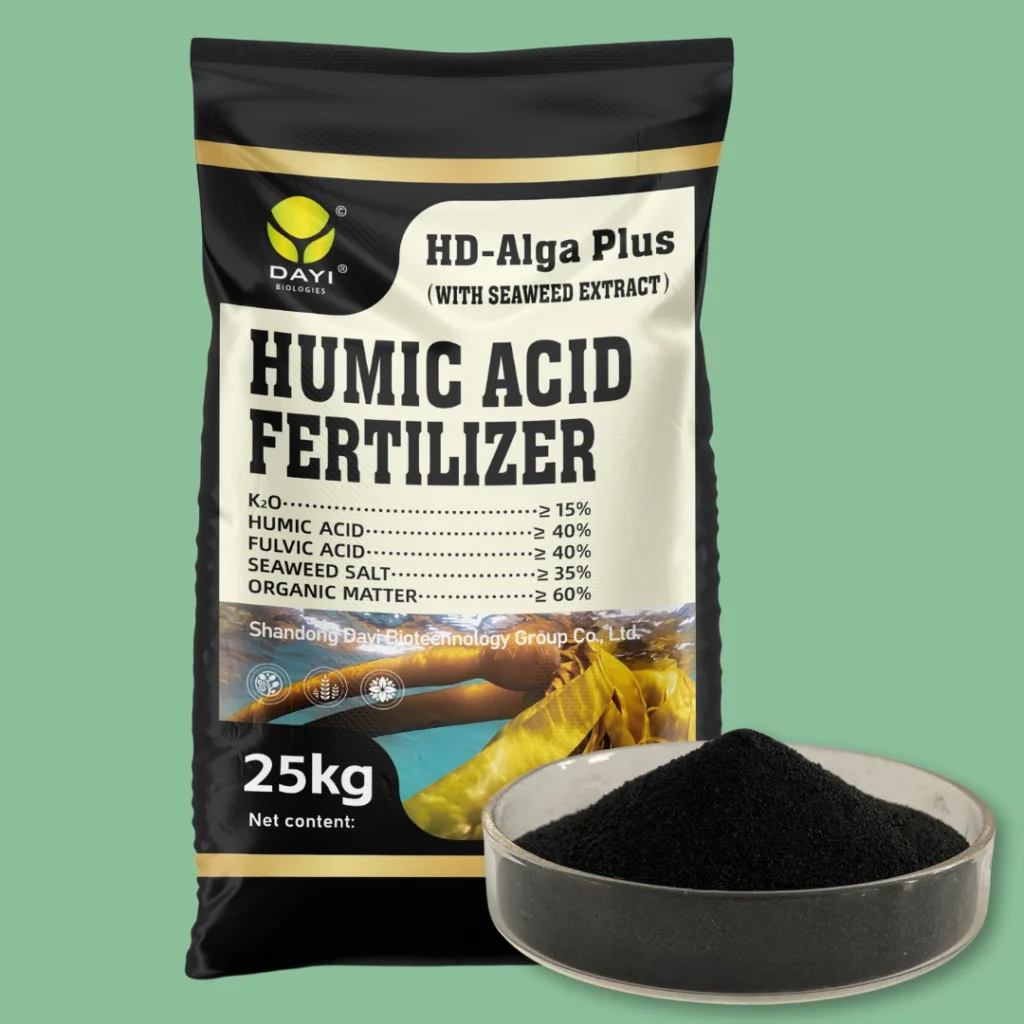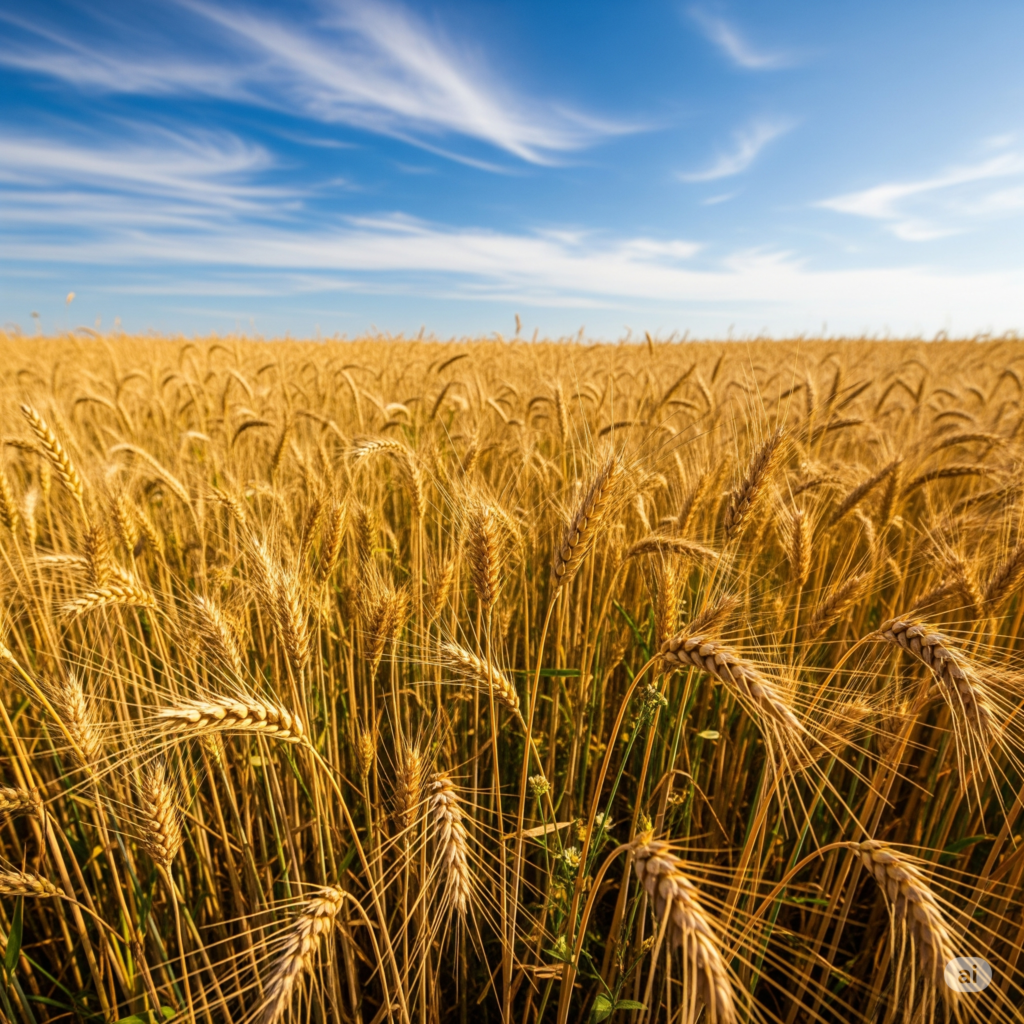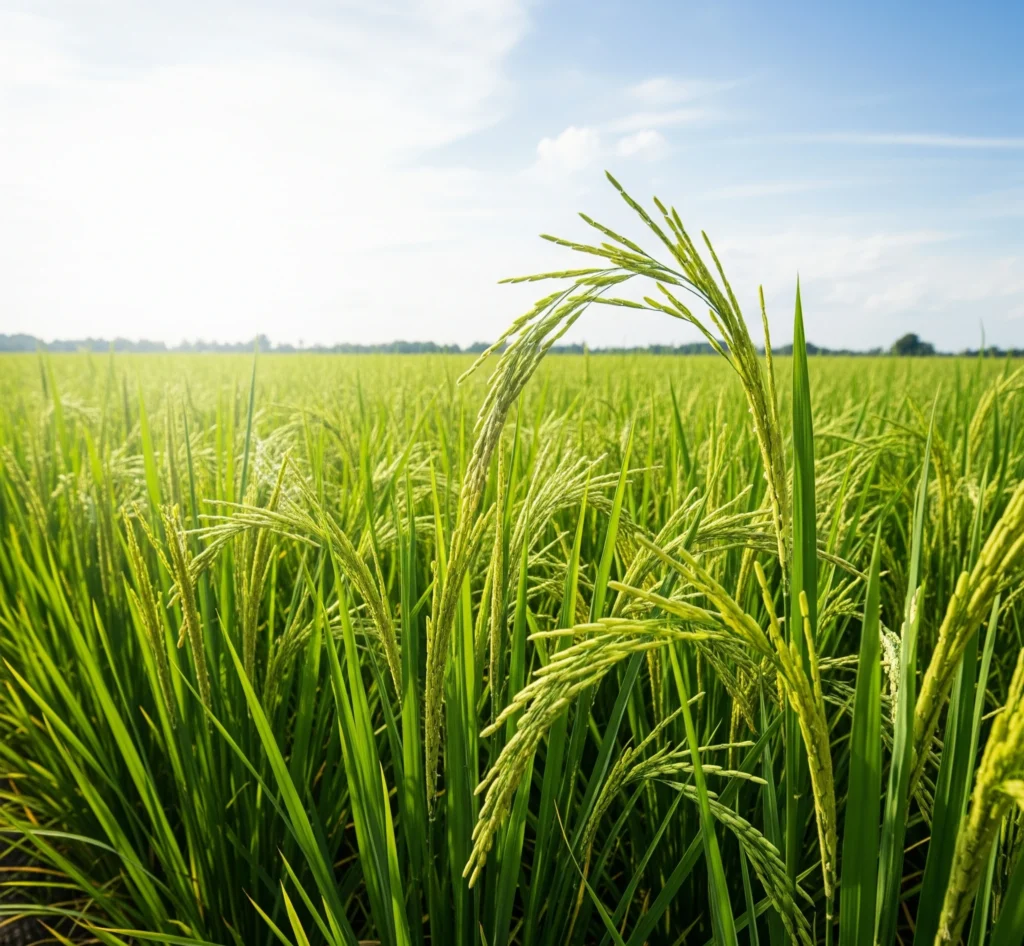Soybeans stand as one of the world’s most economically important crops, a true powerhouse of protein and oil. From the vast fields supplying livestock feed and vegetable oil to the diverse range of human foods like tofu, soy milk, and edamame, soybeans (Glycine max) are fundamental to global agriculture and nutrition. Known for their unique ability to fix atmospheric nitrogen, they also play a crucial role in sustainable farming systems. Achieving robust, high-yielding soybean harvests is paramount for farmers and the industries they support. This comprehensive guide will delve into the essentials of soybean cultivation, covering optimal growing conditions, effective protection strategies, and general care, while highlighting how advanced plant nutrition can truly unlock their full potential for profit and productivity.
Understanding Soybeans: A Versatile Legume
Soybeans are a type of legume cultivated for their edible beans. Unlike cereals, they form a symbiotic relationship with beneficial bacteria (Rhizobium) in their root nodules, allowing them to convert atmospheric nitrogen into a form usable by the plant. This “nitrogen fixation” reduces the need for synthetic nitrogen fertilizers. Soybeans are prized for their high protein content (around 40% of dry weight) and oil content (around 20%), making them incredibly versatile:
- Soy Oil: Used for cooking, in margarines, and various industrial applications, including biodiesel.
- Soy Meal: The protein-rich residue after oil extraction, primarily used as a high-quality animal feed.
- Human Consumption: Direct consumption as edamame, or processed into soy milk, tofu, tempeh, miso, and soy sauce.
Cultivation Essentials: Laying the Foundation for Success
- Best Planting Time: Soybeans are a warm-season crop. They should be planted in late spring to early summer, after the danger of frost has completely passed and when soil temperatures consistently reach 13∘C (55∘F), with optimal germination occurring at 15∘C (60∘F). Timely planting is crucial for maximizing yield potential, allowing the plants to establish well and utilize the full growing season.
- Suitable Soil and Weather Conditions:
- Soil: Soybeans prefer well-drained, fertile loamy soils with good water-holding capacity and adequate organic matter. While they can adapt to a range of soil types, they are particularly sensitive to waterlogging. An optimal soil pH range is generally 6.0 to 7.0. Good drainage is essential for healthy root development and nitrogen fixation.
- Weather:
- Soybeans are a warm-season crop and require consistently warm temperatures throughout their active growth.
- Optimal growth temperatures typically range between 20∘C to 30∘C (68-86°F).
- A frost-free growing season of 90 to 150 days, depending on the maturity group of the variety, is necessary.
- Adequate rainfall or reliable irrigation is crucial, especially during the critical reproductive stages of flowering and pod fill.
- General Precautions for Healthy Growth:
- Soil Temperature: Do not plant into cold, wet soils, as this can lead to poor germination, seedling diseases, and reduced stand establishment.
- Planting Depth: Ensure proper planting depth (typically 1 to 1.5 inches) for uniform emergence.
- Drainage: Soybeans are sensitive to waterlogging; ensure fields have good drainage.
- Early Weed Control: Soybeans are poor competitors against weeds in their early growth stages, making early weed management critical.
Protecting Your Soybeans: Threats and Strategies
Soybean crops can be affected by various pests and diseases that can significantly impact yield and quality. An integrated pest and disease management approach is essential.
- Pests:
- Soybean Aphid: A sap-sucking insect that can cause direct damage and transmit viruses.
- Soybean Cyst Nematode (SCN): Microscopic roundworms that feed on roots, causing stunted growth and yield loss.
- Bean Leaf Beetle: Feeds on leaves, pods, and stems.
- Corn Earworm: Can feed on soybean pods.
- Protection: Utilize resistant soybean varieties (especially for SCN), implement crop rotation, encourage natural enemies, conduct regular field scouting, and apply targeted insecticides only when economic thresholds are met.
- Diseases (Primarily Fungal):
- Soybean Rust: A highly destructive fungal disease causing reddish-brown lesions.
- Sudden Death Syndrome (SDS): A soil-borne fungal disease causing interveinal chlorosis and defoliation.
- Phytophthora Root Rot: A water mold disease causing root and stem rot, favored by wet conditions.
- White Mold: A fungal disease causing white, cottony growth on stems and pods.
- Protection: Plant disease-resistant varieties, use fungicidal seed treatments, practice crop rotation, improve field drainage, and apply timely foliar fungicides when warranted.
- Viral Diseases:
- Soybean Mosaic Virus (SMV): Transmitted by aphids and seed, causing mosaic patterns on leaves and stunted growth.
- Protection: Use resistant varieties, control aphid populations, and plant clean, certified seed.
General Care for Thriving Soybeans
- Nutrient Management: While soybeans fix their own nitrogen (reducing the need for supplemental N), they still require adequate Phosphorus (P), Potassium (K), and micronutrients (such as Iron, Manganese, Zinc, and Boron) for optimal growth. Conduct soil tests to determine exact nutrient needs and apply fertilizers as recommended.
- Water Management: Soybeans are particularly sensitive to drought stress, especially during their flowering and pod fill stages. Adequate and consistent moisture through rainfall or irrigation during these critical periods is crucial for maximizing pod development and grain yield.
- Weed Control: Soybeans are highly sensitive to weed competition, particularly in their early growth phases. Aggressive and timely weed control, through a combination of cultural practices (e.g., proper row spacing, cover crops) and judicious use of herbicides, is essential for maximizing yields.
- Monitoring: Consistent field scouting from emergence through maturity is vital for early detection of nutrient deficiencies, pest infestations, or disease symptoms. Prompt identification allows for timely and effective interventions, preventing widespread damage.
- Harvesting: Harvest soybeans when the pods are dry and the grain moisture content is around 13-15%. Timely harvest is important to minimize shattering losses and ensure optimal grain quality for storage or processing.
Best Countries for Soybean Cultivation: Soybeans are a major global commodity, with cultivation concentrated in a few key regions. Leading producers include:
- Brazil
- United States
- Argentina
- China
- India
- Paraguay
- Canada
- Russia
- Ukraine
- Bolivia
Dayi’s Solution: Optimizing Soybean Nutrition with Humic Acid + Seaweed Extract
At Shandong Dayi Biotechnology Group Co., Ltd., we are dedicated to helping farmers achieve peak productivity from their soybean crops. Our Humic Acid Fertilizer (With Seaweed Extract) offers a powerful nutritional advantage that directly supports soybean health and yield. The humic acid component significantly improves soil structure, enhancing aeration and drainage—a critical benefit for soybeans which are sensitive to waterlogging. It also boosts soil water retention, ensuring moisture is more available during crucial dry periods. Crucially, humic acid stimulates beneficial soil microbial activity, which is vital for the effective nitrogen fixation by Rhizobium bacteria in soybean root nodules, leading to more efficient natural nitrogen supply. It also promotes robust root development, enhancing overall nutrient uptake. Complementing this, the seaweed extract delivers a rich blend of natural plant growth hormones (auxins, cytokinins), vital trace elements, and amino acids. These bioactive compounds stimulate vigorous vegetative growth, improve flowering and pod set, and enhance the soybean plant’s inherent resilience against environmental stresses such as drought, salinity, and temperature fluctuations. The synergistic action of these ingredients ensures that soybean plants develop extensive, highly efficient root systems, optimize nitrogen fixation and nutrient use efficiency, and exhibit enhanced resilience, ultimately leading to significantly higher yields of protein and oil-rich soybeans.
Leveraging our advanced “Microbial+” technology and unwavering commitment to sustainable solutions, Shandong Dayi Biotechnology Group Co., Ltd. is at the forefront of innovation in plant protection, empowering farmers to achieve more bountiful and healthy harvests.




